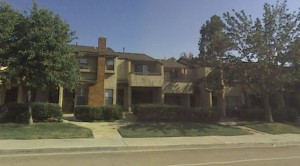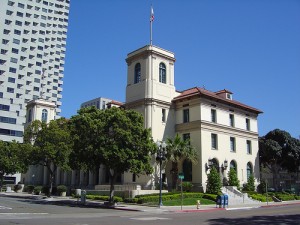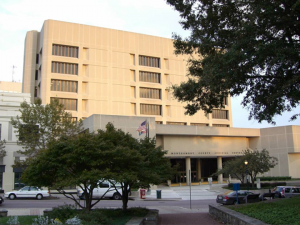SANTEE, CA–Here’s a tale that starkly illustrates the avoiding power in bankruptcy.
Will and Jill Deuel were owners of a unit in the Lakeview Carlton Hills condominiums.
The Deuels purchased the condo in October 1999, giving a purchase money deed of trust for $106,700 to North American Mortgage Company. At the same time, the couple borrowed an additional $3,300 giving a second deed of trust. In June 2001, the Deuels refinanced giving a deed of trust for $122,400 to American Mortgage Express Financial.
In September 2002, the Deuels refinanced again giving a deed of trust for $136,000 to Chase Manhattan Bank. Problem was, the Chase deed of trust did not get recorded in the San Diego County recorders office. All that got recorded was a release of the $122,400 deed of trust paid off by the Chase loan.
So, as a matter of record, it appeared the Deuels owned the condo “free and clear.”
In 2004, Jill Deuel filed chapter 7 bankruptcy. Her schedules filed in bankruptcy court showed the $136,000 debt to Chase as “secured,” but Chase now realized their deed of trust was unrecorded. So Chase filed a motion in the bankruptcy for an order confirming the debt as a security interest in the condo, effective retroactively to September 4, 2002.
The bankruptcy court ruled in favor of Chase, but the federal court of appeals disagreed and held the deed of trust “avoided.”
The court based its decision on section 544(a)(3) of the Bankruptcy Code. Section 544(a)(3) allows a trustee in bankruptcy (or a debtor-in-possession) to avoid an interest in debtor real property that has not been perfected as of the commencement of bankruptcy.
The purpose of section 544(a)(3) is to treat all of a debtor’s unsecured creditors equally, and prevent someone bound for bankruptcy from giving preferred (i.e., secured) status to a favored creditor. It also discourages the debtor who might try to protect assets by slipping a deed to a relative or friend.
Section 544(a)(3) achieves its purpose by giving a trustee the legal status of a bona fide purchaser of debtor real property as of commencement of bankruptcy. A BFP, without actual or constructive notice of off-record interests, can acquire property free of such interests.
In this case, the court reasoned a BFP would not be charged with constructive notice of the unrecorded deed of trust and, thus, would acquire the property free of the obligation to Chase.
Chase tried to argue that its deed of trust was as good as recorded, since Jill listed the debt as “secured” in her bankruptcy schedules, but the court disagreed saying “if schedules could defeat the trustee’s status as a bona fide purchaser…, a debtor could use simultaneous filing of (the) petition and the schedules to favor one creditor over others.”
Chase also argued it should at least have a security interest in the property to the extent of the loan it paid off (the $122,400 deed of trust), but again the court disagreed citing the overriding purpose of section 544 to treat creditors equally.
Moral: This is a classic example of section 544(a)(3) in operation. It is sometimes called the “avoiding” or “strong arm” power.
Seems harsh when you consider the Chase loan was, in a sense, purchase money; but there’s no crying in bankruptcy.
The result here benefits Jill’s unsecured creditors (a group that now includes Chase), and also benefits Jill to the extent her “homestead” may be exempt from claims in bankruptcy. Since he is not a co-debtor in the bankruptcy, this decision does not affect Will’s interest in the condo (whatever that may be).
The case is In re Deuel (Chase Manhattan Bank v. Taxel), 594 F.3d 1073 (9th Cir. 2010).




